TRIangle (Part 1) - Understanding your triathlon swim training
- 23 Oct 2018

Welcome to our new TRIangle series, which takes an in-depth look at your triathlon swim training with the help of three tri experts.
With exclusive articles from qualified British Triathlon coach James Hester, sports nutrition expert Renee McGregor and sports massage practitioner Anna Maria Matezieri, TRIangle will cover all aspects of your triathlon training and provide tips and advice that will help you become a better athlete.
Part 1 by James Hester – 1st Element Coaching
Welcome to the first part in our TRIangle series looking at improving your triathlon swimming through training.
This may sound like an obvious transaction – you train, you improve – but in my experience of working with athletes, the process of what is actually taking place is often overlooked or misunderstood.
Our focus will eventually switch to being purely about swimming but, for the first two articles, we can address all three triathlon disciplines together.
Who… are you?
To begin with we need to understand the different types of athlete there are, or perhaps, which one you are, as the reason for training (and therefore the training itself) differs.
British Triathlon breaks athlete groups into three main types. I’m going to paraphrase slightly here:
Group 1: People who take part to satisfy needs other than progression in the sport – it could be general health, mental health, social identity or social interaction. Generally these people don't track or plan training, they swim, bike and/or run on a fairly ad hoc basis and usually socially.
Group 2: The next group is a broad range where who are focused on developing and training to make progression in the sport based on their own benchmarks. Their reference points are their own times (or other measure) they are trying to beat and training is designed to make those improvements.
Group 3: The final group includes the elite referenced athletes (I would be inclined to add the top end of Age Group athletes in here too) – their training is focused on beating others in their age or elite category, and being as fast as possible in relation to other athletes. Elements such as race tactics and training to exploit other athlete’s weaknesses are considered.
Obviously this is a broad way of grouping individuals and you may sit between two areas – and that’s fine.
However, these articles are going to be focused mainly on Group 2 and may be of interest to those in Group 3.

What is training?
Now we’ve established that, let’s cover some of the basics of ‘adaptation’. Adaptation (in our terms of reference) refers to what happens when we place a stress on our bodies.
Our bodies are capable of a lot and everyone is different. Someone who changes job (for example) and suddenly needs to walk several miles as part of their commute, having worked from home and been fairly sedentary for several years, may find they are tired and stiff for the first few days or a week but quickly the body adapts and becomes capable.
That’s because the body has been stressed and then has adapted. Training is the same.
It needs to be stressed enough to cause the body to adapt but not too stressed that it damages the body beyond the point where reasonable rest will allow recovery. The process works like so:
STRESS > RECOVERY/REST > ADAPTATION/IMPROVEMENT
The key link here is recovery and rest, otherwise the process can become:
STRESS > LITTLE OR NO RECOVERY > DAMAGE/FATIGUE/ILLNESS/INJURY
British Cycling have a saying that is ‘there is no such thing as over-training, only under-resting’ – whilst this was obviously aimed at elite athletes who are used to high stress/high adaptation environments, it helps focus your perspective.
In The Bourne Ultimatum, author Robert Ludlum pens the line ‘Rest is a weapon’ – i.e., it doesn’t matter how strong, well armed or trained your opposition is, if you can stop them sleeping, you’ll win.
Our bodies need time to recover, rebuild tissue (stronger and adapted), to replace energy stores and do all the amazing multitude of things that happen in recovery.
If you want to know more about the complexities of adaptation there are many, many books (some examples below) on the subject but for the sake of focus and some level of brevity, we’ll accept that our bodies adapt to the stress placed on them when we rest and recover.
How do we get faster?
If you’re in Group 2 or 3, you’ll want to get faster – and that’s where training comes in.
A lot of people – especially when they’re new to training – get in the pool, or their bike or pull on their running shoes and just swim, bike or run.
It’s a fairly obvious thing to do but – as we’ve seen, if you swim a lot of lengths slowly, your body adapts and gets better at swimming up and down the pool at a slow pace.
This is usually enough for the Group 1 athletes but the rest of us want to get faster – and that’s where other, more varied aspects of training come in.
Alongside looking at the varied stresses we have to put on our bodies to make the adaptations, next month we’ll also look at the differing forces we have to overcome in water and air when we train and race and how that effects some other areas we need to consider in our training and preparations for races.
We’ll look at three of the ‘8 Ss’ I use with athletes: Stamina, Speed and Strength (you can try and figure out the other five in the meantime!)
Takeaways:
- Not everyone’s reasons for participating are the same
- We don’t make progress when we exercise, we make progress when we rest
- If we want to get better at something – we need to actually do it
Book recommendations:
The Science of Running – Steve Magness
Exercise Physiology – Nutrition, Energy and Human Performance – McArdle, Katch & Katch

About James Hester
James is the owner of 1st Element Endurance Coaching and has been involved in triathlon for more years than is sensible! A qualified British Triathlon coach, James' approach is athlete-centred and science-based.
You can follow James on Instagram and Twitter @hydrogencoach and he also uploads a weekly triathlon vlog to his 1st Element Coaching YouTube channel. You can also find out more at http://www.1st-element.co.uk


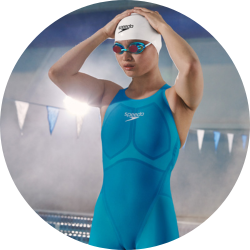

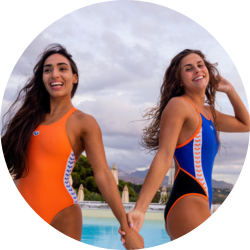
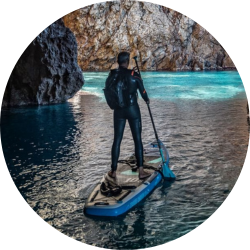
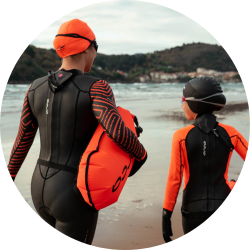
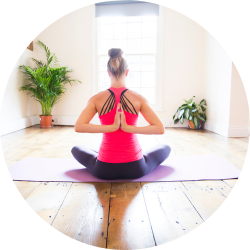
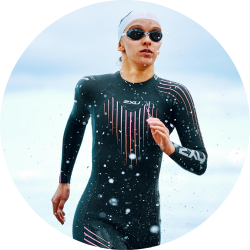
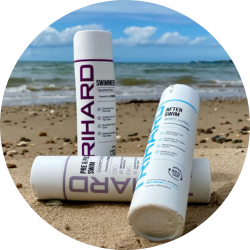
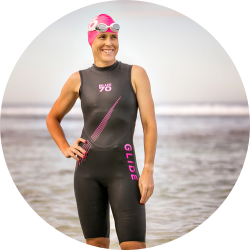
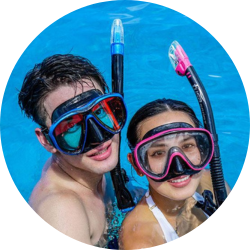
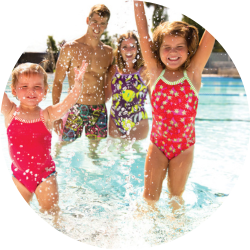

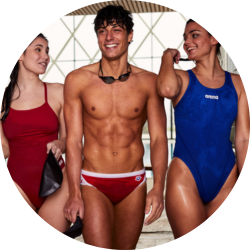
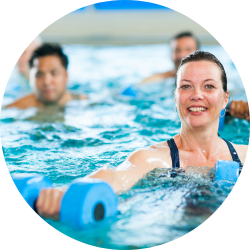































































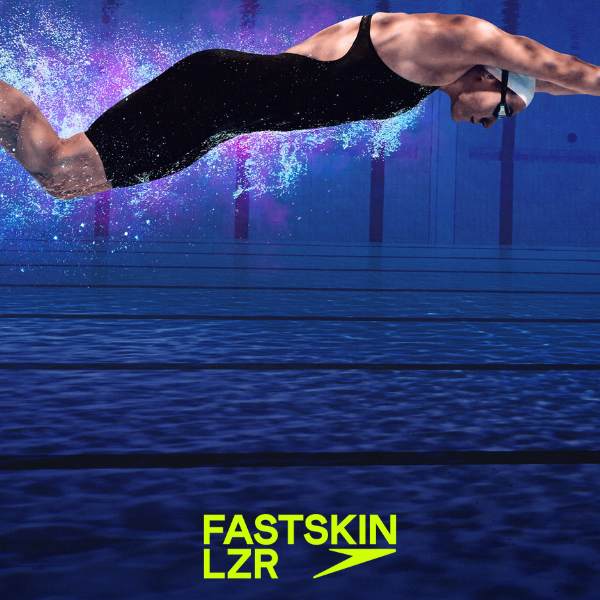
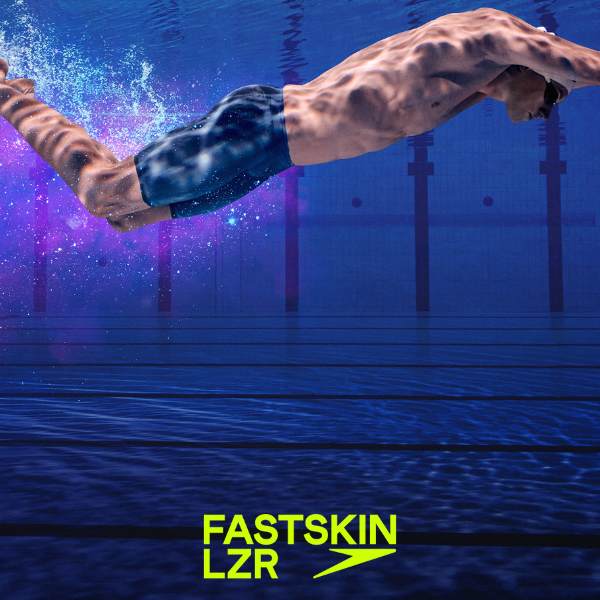








Validate your login